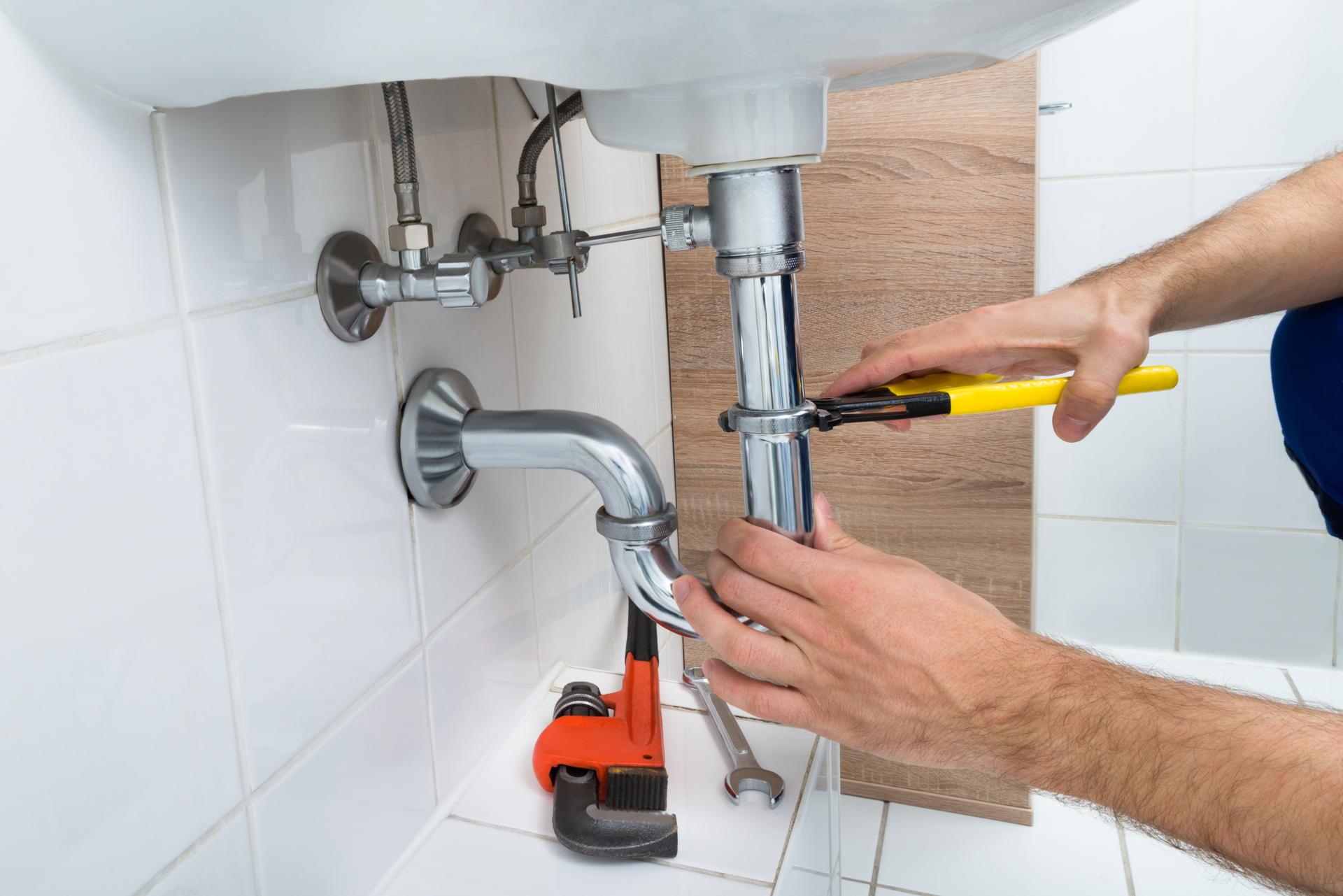The Signs that it's Time to Replace Your Plumbing and What to Expect

Plumbing is an integral part of every home, providing us with clean water to drink, cook and cleaning, as well for the disposal of waste. However, like any other system in your home plumbing is likely to become worn out and need replacement.
Understanding when it’s time to upgrade your plumbing essential to avoid expensive repairs and to avoid health hazards. We’ll discuss the signs that suggest your plumbing needs to be replaced, the factors to take into consideration prior to replacing your plumbing the plumbing replacement process, the benefits in replacing the plumbing and a section on FAQs to answer any questions you might have.
Signs that it’s Time to replace your plumbing
There are several common signs that indicate your plumbing is in need of being replaced, including: Leaks When you notice the presence of water stains or puddles on your house, it’s a sign of a plumbing leak. Leaks can cause severe damage to your home’s structure and can lead to the growth of mold, so it’s essential to take action immediately. Rusty pipes: Rusty pipes are a clear indication that your plumbing requires to be repaired or replaced. Rust can contaminate your water supply which makes it unfit for drinking or cooking. Low pressure in the water: If your faucets and showerheads are producing weak water flow It’s an indication of low water pressure that can be caused by corrosion of pipes or blockages. Water discoloration like yellow or brown, is an indication of rust or sediment buildup in your pipes. It can alter the taste and quality of your water. It could also be a sign of the need for a plumbing repair.
Factors to Consider Before Replacing Plumbing
When replacing your plumbing, there are many things to think about, including: Age of the plumbing: Plumbing systems have a lifespan of about 50 years. So when your house is older than that, it’s probably to be time to replace it. Cost of replacement replacing your plumbing could be costly, which is why it is important to plan for this expense. Severity of plumbing problems If the plumbing problems are extensive and affecting several areas of your home then replacement could be the best choice.
What to Expect During the Plumbing Replacement Process
The plumbing replacement process involves many steps, such as closing off the water supply: Your plumber must shut off the water supply to your residence to prevent water damage or leaks. Remove old pipes: Old pipes will need to be removed. This may require cutting through walls or floors. Installing new pipes New pipes are installed, which might require rerouting to ensure the proper water flow. The timeline for replacing the plumbing will depend on the size of your house and the difficulty of the task. Homeowners should expect disruptions during the project, which could include water shut-offs, and possibly damage to walls and floors.
Benefits of Replacing Plumbing
The replacement of your plumbing has many advantages, such as: Increased water efficiency: New plumbing fittings and pipes can be more effective, which means reducing your water usage and lowering your energy bills. Improved water quality by replacing the old pipes that are corroded with new ones can improve the quality and quality of water and make it safer to drink and cooking. Lower risk of plumbing issues New plumbing is less likely to cause leaks or clogs, reducing the need for costly repairs in the future.
Conclusion
The replacement of your plumbing is an expensive investment, but it’s essential to ensure the safety of your home and security. If you know the indicators that suggest your plumbing needs to be replaced, taking into consideration the factors before replacement, and knowing what to expect from the replacement process, you’ll be able to make an informed choice about your home’s plumbing. Make sure to remember that replacing your plumbing can provide a variety of advantages, such as increased water efficiency, improved water quality, and a reduced chance of developing future plumbing issues.
FAQ Section
How much does it cost to replace plumbing?
The cost of replacing your plumbing will depend on many factors, such as the size of your house as well as the complexity of the project, and the material used. In the average, homeowners should expect to shell out between $5,000 and $10,000 for a total house plumbing replacement.
How long will it take to replace plumbing?
The length of time needed for plumbing repair will be contingent upon the dimensions of your house and the complexity of the job. Typically, a whole-house plumbing replacement could take from two and four weeks.
Should I replace my plumbing if I have an issue with my plumbing?
If you have a single pipe leak, it may not be a need for a complete replacement. However, if you’re experiencing multiple leaks , or detect other indications of plumbing issues, replacement may be the best option.
Do I have the ability to replace my plumbing on my own?
The replacement of your plumbing is a complicated task that should be left to an experienced plumber. Attempting to replace your plumbing yourself can result in costly errors as well as safety hazards.
What kind of pipe should I use for my plumbing replacement?
There are several types of plumbing pipes for replacement, such as copper, PVC, and PEX. Your plumber will recommend the most suitable type of pipes for your specific needs and budget. To conclude, replacing your plumbing is a significant decision to make with careful consideration. If you are aware of the indicators that suggest your plumbing requires replacement, considering the various factors that can affect replacing and knowing what you can expect during the plumbing replacement process, you’ll be able to make an informed decision regarding the plumbing of your home. A qualified plumber will to guide you throughout the entire process and ensure the success of your replacement of your plumbing.
